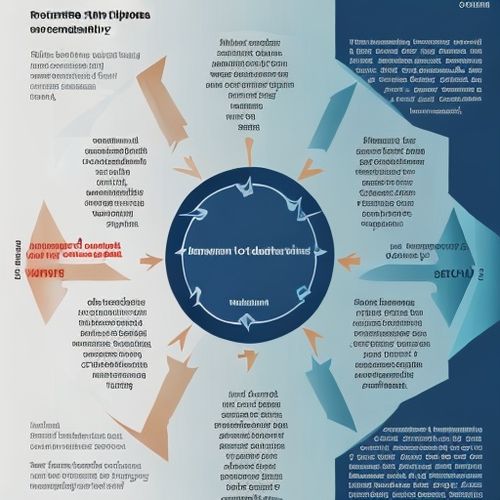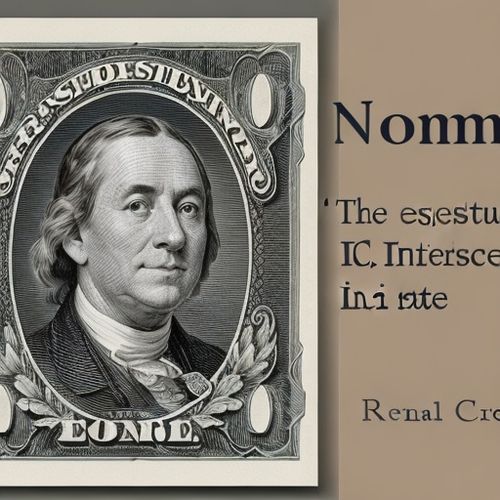The investment landscape has undergone a seismic shift in recent decades, with passive strategies increasingly challenging the dominance of active management. At the heart of this transformation lies the rise of index funds—a financial innovation that has democratized investing while sparking fierce debates about market efficiency, fees, and the very nature of wealth creation.
The Passive Revolution
What began as an academic curiosity in the 1970s has blossomed into a trillion-dollar industry. Index funds, which simply track market benchmarks rather than attempting to outperform them, have grown from theoretical constructs to mainstream investment vehicles. The creation of the first index fund by John Bogle in 1976 marked a turning point, though it took years for the concept to gain traction among skeptical investors wedded to active strategies.
The appeal of passive investing lies in its elegant simplicity. By mirroring broad market indices like the S&P 500, these funds eliminate the need for expensive research teams and star portfolio managers. This structural efficiency translates into significantly lower fees—often just a fraction of what active managers charge. Over time, these seemingly small differences in expense ratios compound into substantial performance advantages.
The Active Management Counterargument
Proponents of active management argue that markets aren't perfectly efficient, creating opportunities for skilled investors to uncover mispriced securities. They point to legendary investors like Warren Buffett as proof that consistent outperformance is possible. Active managers also highlight their ability to provide downside protection during market turmoil through tactical asset allocation and selective stock picking.
However, the data tells a sobering story for active management. Numerous studies have shown that the majority of active funds fail to beat their benchmarks over extended periods. The SPIVA scorecard, which tracks active versus passive performance, consistently reveals that most active managers underperform after fees. This persistent underperformance has fueled the migration of assets from active to passive strategies.
The Fee War and Its Consequences
As index funds gained popularity, a fierce price war erupted among providers. What began as modest fee reductions escalated into a race to zero, with some firms even offering fee-free index funds. This competition has been a boon for investors but has squeezed profit margins across the asset management industry.
The fee compression has forced active managers to justify their higher costs, leading many to lower their own fees or introduce "active ETFs" that blend elements of both approaches. Some traditional active managers have responded by emphasizing their ability to navigate volatile markets or generate income in low-yield environments—value propositions that passive strategies struggle to replicate.
Market Structure Concerns
The explosive growth of passive investing has raised questions about potential impacts on market efficiency. Some analysts worry that as more capital flows into index funds, the price discovery function of markets could weaken. If fewer investors are analyzing individual securities, mispricings might persist longer than they would in a more actively traded market.
Others point to the concentration of voting power in the hands of a few large index fund providers as a governance concern. With massive stakes in thousands of companies, these passive behemoths wield significant influence over corporate decisions while facing questions about their capacity to actively engage with each holding.
The Future of Investing
The lines between active and passive continue to blur as new hybrid products emerge. Smart beta strategies attempt to capture the best of both worlds by using rules-based approaches to target specific factors like value or momentum. Meanwhile, technological advancements are lowering the barriers to sophisticated quantitative strategies that were once the exclusive domain of elite hedge funds.
For individual investors, the choice between active and passive ultimately depends on their goals, time horizon, and belief in market efficiency. While passive strategies have clearly gained the upper hand in recent years, the investment landscape remains dynamic. As markets evolve and new challenges emerge, both approaches will likely continue to play important roles in portfolio construction.
The rise of index funds represents more than just a shift in investment preferences—it reflects broader changes in how we think about wealth creation, risk management, and the democratization of finance. Whether this trend continues unabated or reaches some natural equilibrium remains one of the most fascinating questions in modern finance.

By Noah Bell/Apr 10, 2025

By Victoria Gonzalez/Apr 10, 2025

By John Smith/Apr 10, 2025

By Sarah Davis/Apr 10, 2025

By James Moore/Apr 10, 2025

By John Smith/Apr 10, 2025

By Ryan Martin/Apr 10, 2025

By Benjamin Evans/Apr 10, 2025

By Emma Thompson/Apr 10, 2025

By Megan Clark/Apr 10, 2025

By Thomas Roberts/Apr 10, 2025

By Noah Bell/Apr 10, 2025

By George Bailey/Apr 10, 2025

By Daniel Scott/Apr 10, 2025

By Benjamin Evans/Apr 10, 2025

By Amanda Phillips/Apr 10, 2025

By Sophia Lewis/Apr 10, 2025